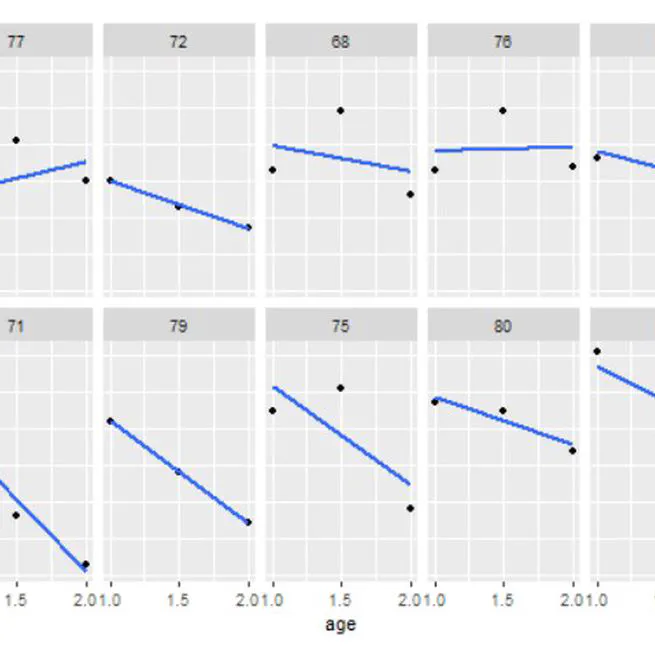
The goal of the course is to provide students with the necessary skills needed to review/critique, analyze, interpret, and write-up studies involving nested (clustered) data using multilevel modeling (MLM). Clustered data (e.g., students within schools, patients within clinics) occur quite naturally in the social sciences and being able to understand and conduct their own analyses using nested data is an important skill. Alternatives are discussed as well.
Mar 3, 2024
More notes to self… Obtaining estimates of the unknown parameters in multilevel models is often done by optimizing a likelihood function. The estimates are the values that maximize the likelihood function given certain distributional assumptions.
Jun 19, 2021
Notes to self (and anyone else who might find this useful). With the general linear mixed models (to simplify, I am just omitting super/subscripts): where we assume and . is:
Jun 18, 2021